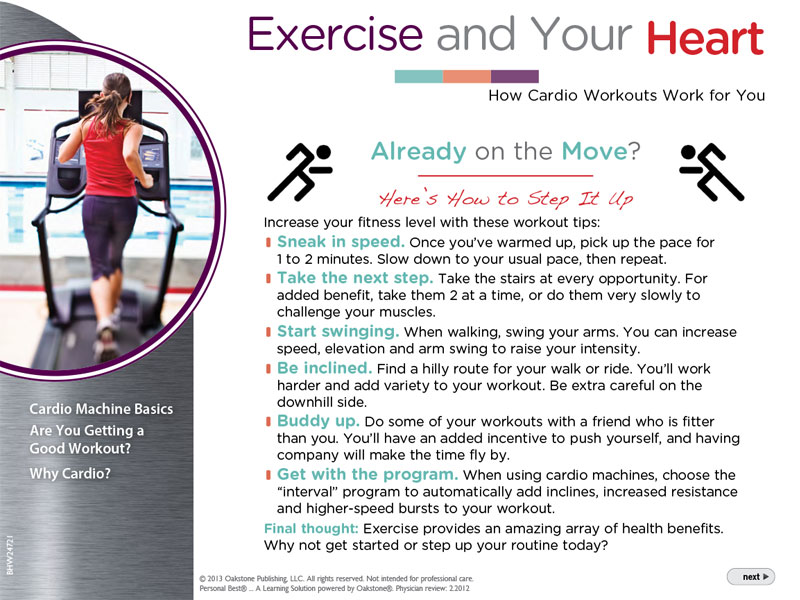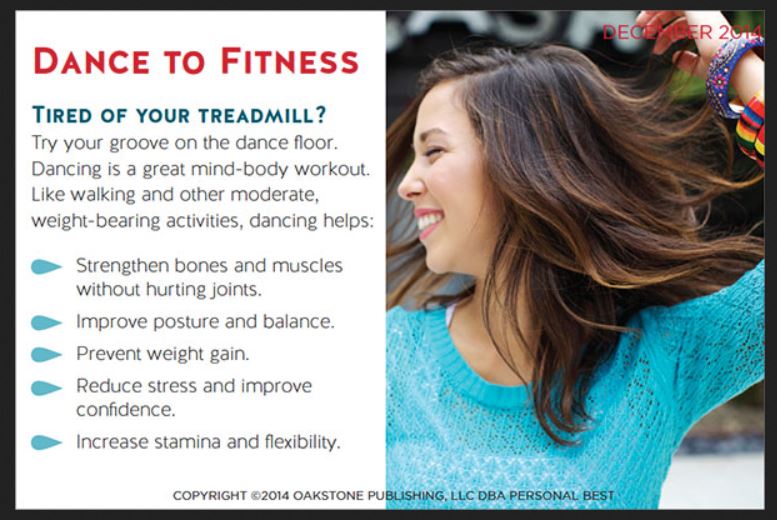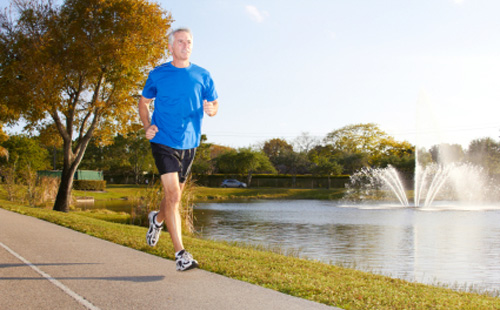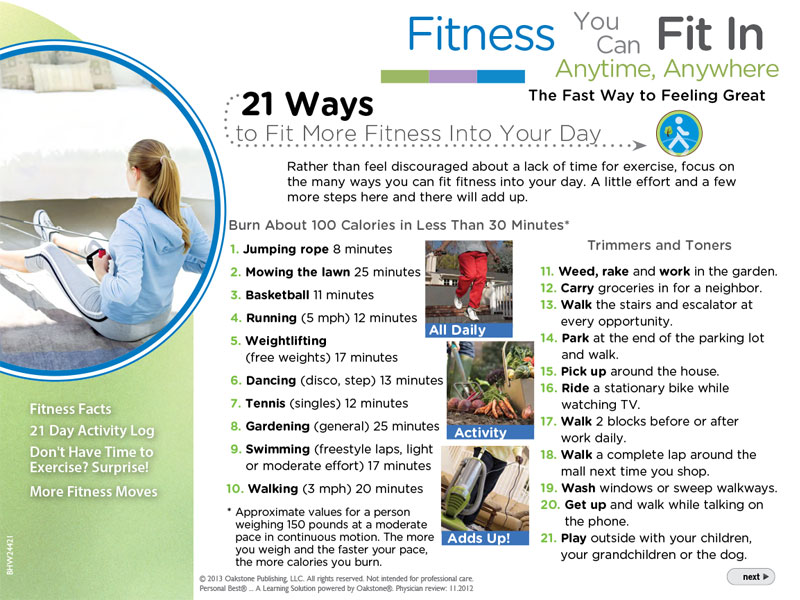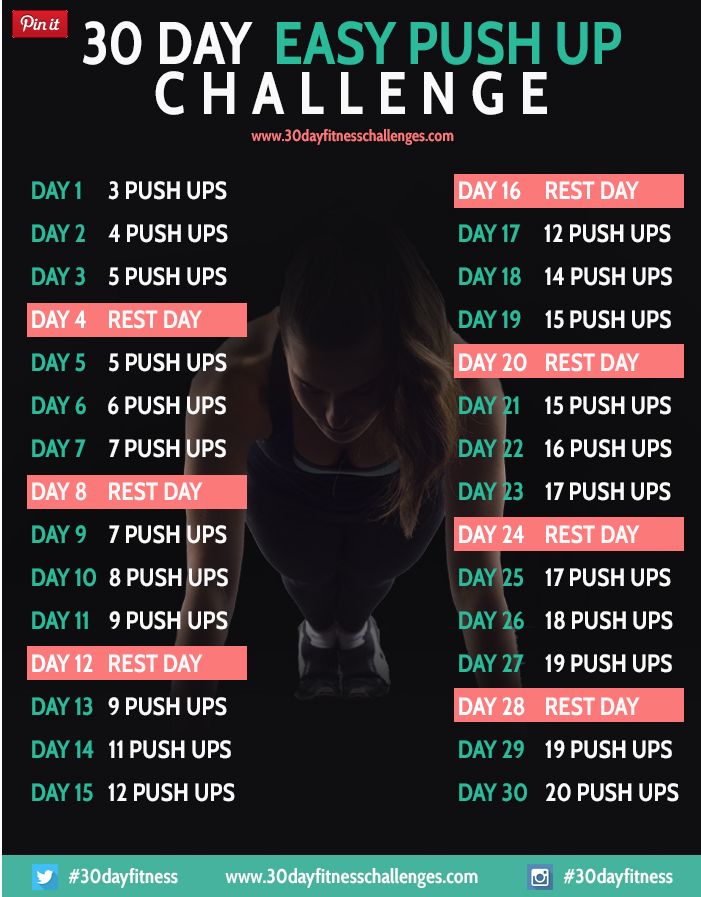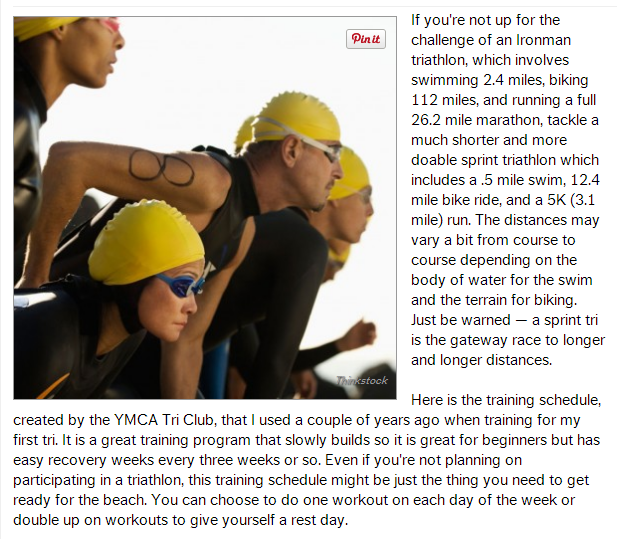Category Archives: Workout Wednesday
Exercise and Your Heart
Need a workout alternative
Older Runners Walk Like People Decades Younger
In case you were looking for another reason to continue–or take up–running in your golden years, new research published in PLoS ONE found that seniors who run several times a week expend the same amount of energy, or have the same “economy” when walking as a typical person in their 20s. Meanwhile, seniors who walk, as opposed to run, for exercise have the walking economy of a typical sedentary middle-aged adult.
“The bottom line is that running keeps you younger, at least in terms of energy efficiency,” said study co-author Rodger Kram via a news release.
The study’s participants, 15 males and 15 females, had an average age of 69 and regularly walked or ran for 30 minutes at least three times per week. Researchers measured participants’ oxygen consumption and carbon dioxide production while they walked on a force-measuring treadmill at 1.6, 2.8, and 3.9 miles per hour.
They found that the seniors who walked for exercise expend 22 percent more energy walking than the typical person in their 20s, and their senior counterparts who run.
“It’s been known for a long time that as people age their maximum aerobic capacity, or ‘horsepower,’ declines, and that is true for runners as well,” said the study’s lead author, Justus Ortega. “What’s new here is we found that old runners maintain their fuel economy.”
Maintenance of walking economy throughout the aging process is important, researchers said, because impaired walking ability is a key predictor of life expectancy among older adults.
The researchers noted that, while there are many benefits to walking for exercise, including a lowered risk of developing heart disease, diabetes, depression, and weight gain, walking for exercise does little to improve walking economy.
“It was surprising to find that older adults who regularly run for exercise are better walkers than older adults who regularly walk for exercise,” said study co-author Owen Beck. “The take-home message of the study is that consistently running for exercise seems to slow down the aging process and allows older individuals to move more easily, improving their independence and quality of life.”
Top 10 Reasons to Stretch
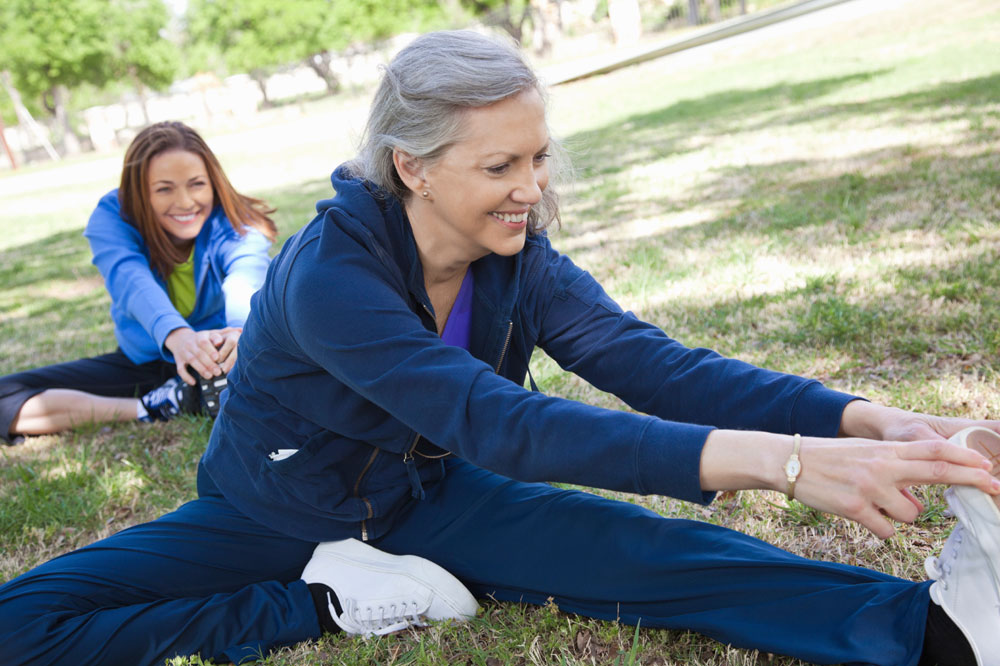 Flexibility is one of the five components of fitness, so stretching should be an integral part of every workout program. Here are ACE’s Top 10 Reasons for why you should always take the time to stretch:
Flexibility is one of the five components of fitness, so stretching should be an integral part of every workout program. Here are ACE’s Top 10 Reasons for why you should always take the time to stretch:
1. Decreases muscle stiffness and increases range of motion. Stretching helps improve your range of motion, which may also slow the degeneration of your joints.
2. May reduce your risk of injury. A flexible muscle is less likely to become injured if you have to make a sudden move. By increasing the range of motion in a particular joint through stretching, you can decrease the resistance on your body’s muscles during various activities.
3. Helps relieve post-exercise aches and pains. After a hard workout, stretching your muscles helps keep them loose and lessens the shortening and tightening effect that can lead to post-workout aches and pains.
4. Improves posture. Stretching the muscles of the lower back, shoulders and chest helps keep your back in better alignment and improves your posture.
5. Helps reduce or manage stress. Well-stretched muscles hold less tension and, therefore, can help you feel less stressed.
6. Reduces muscular tension and enhances muscular relaxation. Chronically tense muscles tend to cut off their own circulation, resulting in a lack of oxygen and essential nutrients. Stretching allows your muscles to relax.
7. Improves mechanical efficiency and overall functional performance. Because a flexible joint requires less energy to move through a wider range of motion, a flexible body improves overall performance by creating more energy-efficient movements.
8. Prepares the body for the stress of exercise. Stretching prior to exercise allows your muscles to loosen up and become better able to withstand the impact of the activity you choose to do.
9. Promotes circulation. Stretching increases blood supply to your muscles and joints, which allows for greater nutrient transportation and improves the circulation of blood through your entire body.
10. Decreases the risk of low-back pain. Flexibility in the hamstrings, hip flexors and muscles attached to the pelvis relieves stress on the lumbar spine, which in turn reduces your risk of low-back pain.
21 Ways To Fit More Fitness Into Your Day!
Hot 5 Fitness App
30 Day Push-Up Challenge
Need some motivation to get started with a new fitness routine? Try this 30 Day Push-Up Challenge to get you back into a fitness routine!
Become a Triathlete
Check out this article from Shape Magazine on how to become a triathlete. Even if you don’t plan on doing an Ironman, there are various triathlon distances you can still try and achieve, such as a Sprint or Olympic distance triathlon.
Kitchen Workout
Check out these sneaky tips for adding exercise into your day to help keep your heart healthy. Using every day kitchen and pantry items, these simple exercise moves can be done in your own kitchen!
For more heart healthy exercises from Go Red for Women information, please visit their website.


